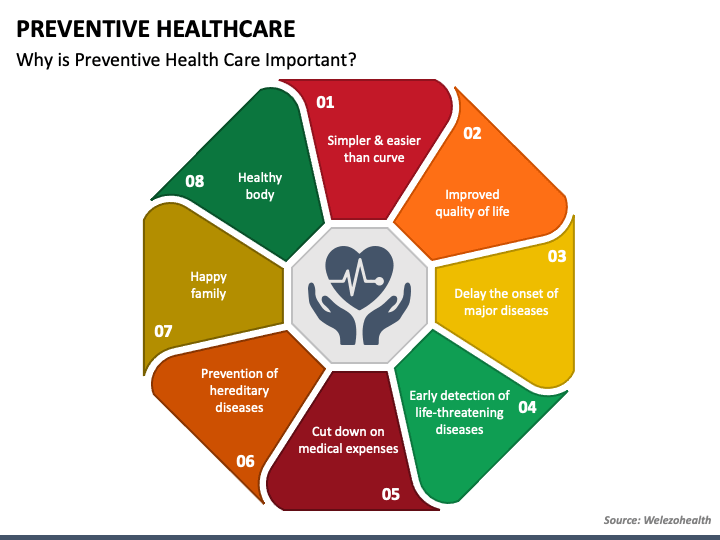Combating Fake News: What You Need to Know

The Rising Tide: Breaking News, Misinformation, and Why It Matters
We live in an age of instant information. News breaks on social media often *before* it hits traditional outlets. While this speed can be incredibly valuable – allowing for rapid response to emergencies and increased transparency – it also presents a significant and growing challenge: the proliferation of misinformation. It’s no longer enough to simply *consume* the news; we must actively and critically *evaluate* it. This post will delve into the reasons why misinformation is so prevalent, the dangers it poses, and, most importantly, what we can do to combat it.
The Speed of Now: How the News Cycle Fuels Misinformation
The 24/7 news cycle, coupled with the immediacy of social media, creates a perfect storm for misinformation. Traditional journalism, while not without its flaws, generally adheres to standards of verification – fact-checking, sourcing, and editorial oversight. However, these processes take time. Social media, on the other hand, prioritizes speed and engagement. A sensational headline, even if untrue, can go viral before fact-checkers even have a chance to respond.
The incentive structure of social media platforms also plays a role. Algorithms are designed to show users content they are likely to engage with, often prioritizing emotionally charged or controversial material. This means that misinformation, which frequently relies on strong emotional appeals, can spread rapidly within echo chambers, reinforcing existing beliefs and making it harder for people to encounter opposing viewpoints.
Furthermore, the sheer volume of information available online makes it difficult to discern what is credible. Anyone can create a website or social media account and present themselves as an authority on any topic. This democratization of information, while empowering in many ways, also opens the door to malicious actors and unintentional errors.
The Many Forms of Misinformation
Misinformation isn’t always a deliberate lie. It exists on a spectrum, ranging from unintentional errors to outright fabrication. Understanding these different forms is crucial for effective critical thinking:

- Misinformation: False or inaccurate information, *regardless of intent*. This could be a simple mistake in reporting or a misunderstanding of complex data.
- Disinformation: False information that is deliberately spread to deceive. This is often politically motivated or aimed at causing harm.
- Malinformation: Information based on reality, used to inflict harm on a person, organization or country. This can include leaking private information or using selective truths to create a misleading narrative.
- Fake News: A broad term often used to describe all types of false or misleading information, but often refers to fabricated news stories presented as legitimate journalism.
Deepfakes represent a particularly concerning development. These are synthetic media – images, videos, or audio – that have been manipulated to depict events that never happened or to make people say or do things they never did. As deepfake technology becomes more sophisticated, it will become increasingly difficult to distinguish between reality and fabrication.
The Real-World Consequences of Misinformation
The spread of misinformation isn’t just a theoretical problem; it has tangible and often dangerous consequences. Here are just a few examples:
Public Health: Misinformation about vaccines has contributed to declining vaccination rates and outbreaks of preventable diseases. During the COVID-19 pandemic, false claims about treatments and the virus itself led to confusion, distrust, and even death.
Political Polarization: Misinformation can exacerbate existing political divisions, fueling animosity and undermining trust in democratic institutions. False narratives about election fraud, for example, can erode faith in the electoral process.
Social Unrest: Misinformation can incite violence and social unrest. False rumors and conspiracy theories have been linked to real-world attacks and acts of terrorism.
Financial Scams: Misinformation is often used to promote fraudulent schemes, such as pyramid schemes or investment scams, preying on vulnerable individuals.
Becoming a Critical Consumer of News: Tools and Strategies
So, what can we do to combat the spread of misinformation? The answer lies in developing critical thinking skills and adopting a more discerning approach to news consumption. Here are some practical strategies:
1. Check the Source: Before sharing or believing any information, take a moment to investigate the source. Is it a reputable news organization with a track record of accuracy? Does the website have a clear “About Us” page that identifies its owners and editorial policies? Be wary of websites with anonymous authors or those that rely heavily on sensational headlines.
2. Read Beyond the Headline: Headlines are often designed to grab attention, and they may not accurately reflect the content of the article. Read the entire article carefully to get a complete understanding of the story.
3. Look for Supporting Evidence: Does the article cite credible sources? Are claims backed up by data or expert opinions? Be skeptical of articles that rely on anonymous sources or unsubstantiated assertions.
4. Cross-Reference Information: Don’t rely on a single source of information. Check to see if other reputable news organizations are reporting the same story. If there are discrepancies, investigate further.
5. Be Aware of Your Own Biases: We all have biases that can influence how we interpret information. Be aware of your own biases and try to approach news with an open mind.
6. Utilize Fact-Checking Websites: Several organizations are dedicated to fact-checking news and debunking misinformation. Some reliable resources include: Snopes, PolitiFact, FactCheck.org, and The Associated Press.
7. Consider Lateral Reading: Instead of staying *on* a website to assess its credibility, open new tabs to search for information *about* the website. What do other sources say about it?
The Future of Information: A Collective Responsibility
Combating misinformation is not just the responsibility of individuals; it requires a collective effort. Social media platforms need to do more to curb the spread of false information, while also protecting freedom of speech. Educational institutions need to equip students with the critical thinking skills they need to navigate the digital landscape. And we, as citizens, need to be vigilant and responsible consumers of news.
The fight against misinformation is an ongoing one. As technology evolves, so too will the tactics used to spread false information. By staying informed, being critical, and demanding accountability, we can help to ensure that truth prevails in the age of instant information.



